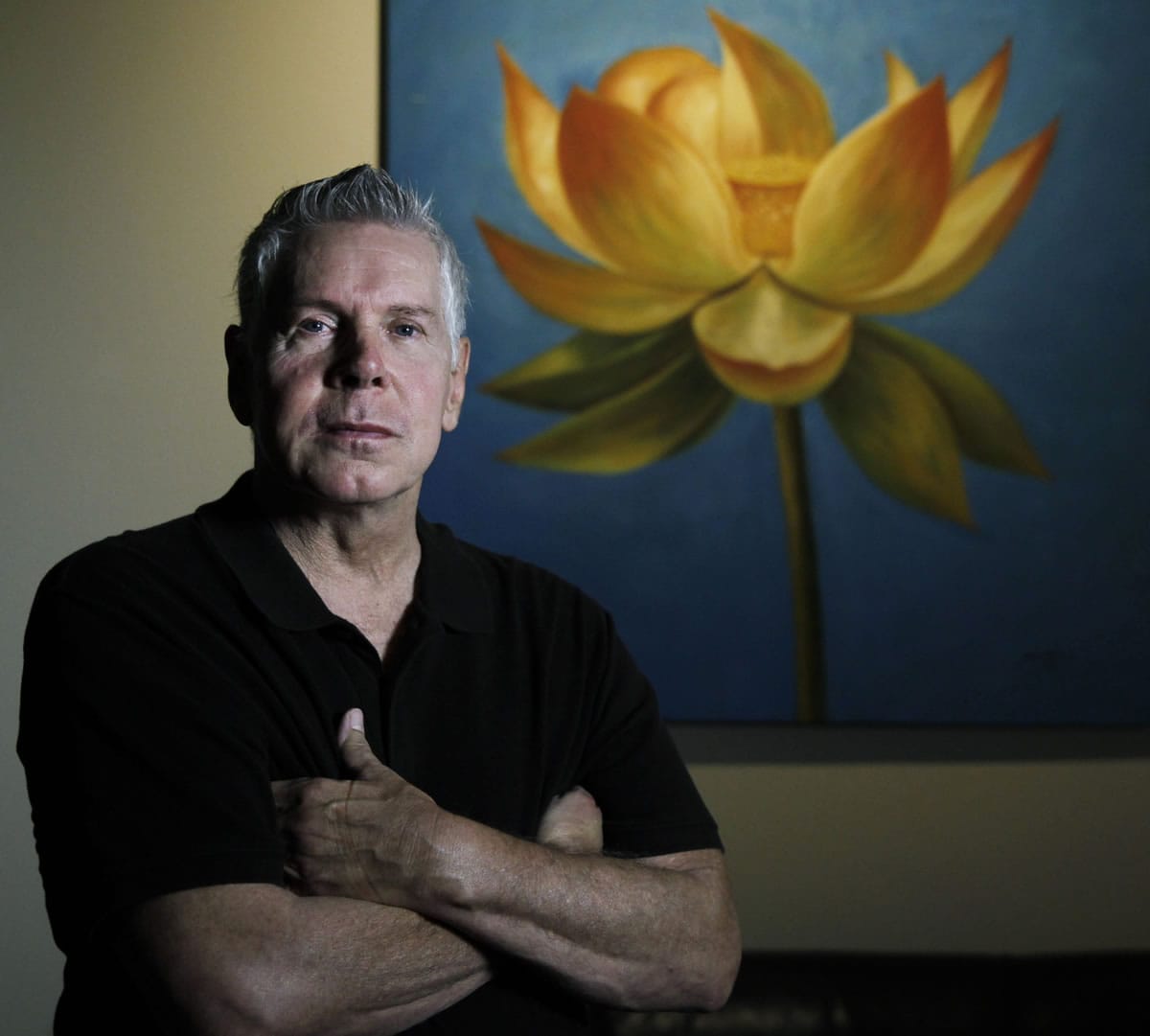DALLAS — In the 1980s, an AIDS patient would have wondered — how much time do I have?
Today, a patient can live a full, active life and even dare to hope — will I someday see a cure?
The new film “Dallas Buyers Club” offers a moving contrast between the eras. Acquired immune deficiency syndrome, which can result from the human immunodeficiency virus, or HIV, was considered fatal in the 1980s, the years depicted in the film.
Many experts these days are wary about using the word cure, but they agree we’re a long way from that world. An October study, published in the New England Journal of Medicine, presents a profile of a Mississippi baby born with HIV. The baby was treated aggressively with medications after birth and, at age 3, shows no signs of the virus.
Doctors at Boston’s Brigham and Women’s Hospital also share promising news about men who showed no signs of HIV eight months after receiving bone marrow transplants intended to treat Hodgkin’s lymphoma, a cancer of the blood. Doctors from this Harvard Medical School teaching hospital presented their results at the International AIDS Society Conference in Malaysia in July.
When AIDS emerged in the 1980s, it went on to kill more than 25 million people worldwide. Today, 33.4 million live with HIV/AIDS, according to aids.gov.
Over that span, physicians have learned how to transform AIDS from a fatal to a chronic disease that can be managed.
There’s less fear, too, because people understand that you can’t catch AIDS from hugging or sitting next to someone. It’s transmitted through unprotected sex, contaminated needles and infected mothers who pass it to their babies through childbirth.
Early in the epidemic, it was also passed through blood transfusions, which is how tennis great Arthur Ashe and Ryan White, a 13-year-old with hemophilia, contracted it. Improved testing in the mid-1990s has made the blood supply safer.
Five years ago, Kevin Robert Frost, chief executive officer of amfAR, the Foundation for AIDS Research, was criticized for creating false hope by talking about a cure: “I remember saying there isn’t such a thing as false hope,” he says by phone from Dubai. “There’s just hope or there isn’t. It turns out as we see some of the fruits of research come to fruition, particularly the work around stem cells, I do think we are going to have a cure in our lifetime.”
Dr. Louis Sloan is happy with the progress he’s observed as an infectious disease specialist. In 1981, when the first case was identified, he was frustrated by how little he could do beyond enrolling as many people as he could in drug trials, some of which worked better than others, and pressuring surgeons to treat patients who needed operations.
“I was on board when no one wanted to touch them,” says Sloan, who is on staff at Baylor University Medical Center at Dallas.
Now with medical professionals using gloves and following universal precautions that prevent transmission of infectious diseases, operating on AIDS patients is routine, he says.
Sloan credits the middle 1990s discovery of protease inhibitors, a class of antiviral drugs, for a sharp reduction in the death rate. Outcomes continue to improve with the refinement of the drugs and customization and monitoring of combinations for individual patients.



